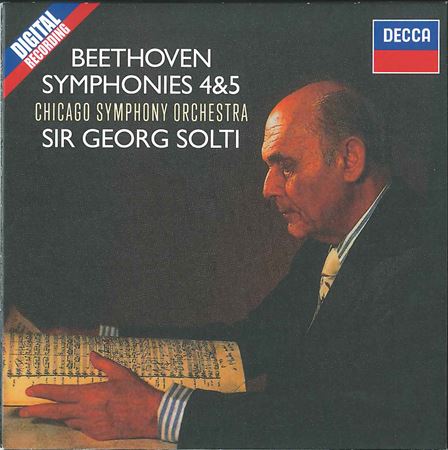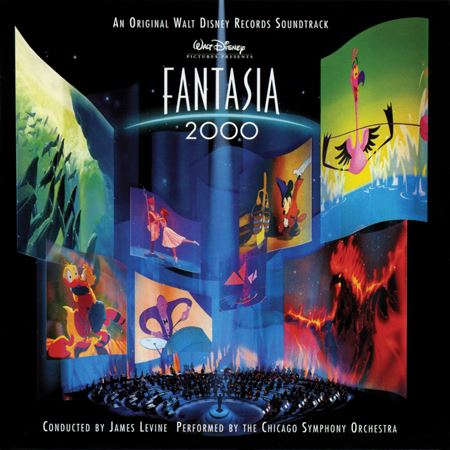Detail of title page to score of Beethoven’s Fifth Symphony
Theodore Thomas Collection, Rosenthal Archives of the Chicago Symphony Orchestra Association
“We have now reached what is called Beethoven’s second creative period, the zenith of his career,” wrote Theodore Thomas, the Chicago Orchestra’s founder and first music director, in Talks About Beethoven’s Symphonies. “He has outlived other influences and is mature in every respect; his powers and individuality are fully developed; he has had some experience of the world, has solved difficult problems, and feels himself a master. Hence in this period he produces works which are as nearly perfect as anything human can be, breathing the spirit of the nineteenth century and endowing music with a meaning deeper and more fruitful than it ever had before.” ’
The Fifth Symphony “has come to represent greatness in music,” writes CSOA scholar-in-residence and program annotator Phillip Huscher. “One can’t easily think of another single composition that, in its expressive range and structural power, better represents what music is all about.”
Thomas first led the Chicago Orchestra in Beethoven’s Fifth Symphony on the inaugural concerts on October 16 and 17, 1891, at the Auditorium Theatre.
Sixth music director Fritz Reiner recorded the Fifth Symphony with the Orchestra for RCA on May 4, 1959, in Orchestra Hall. Richard Mohr was the producer and Joseph F. Wells was the recording engineer. Also for RCA, Seiji Ozawa recorded the symphony with the ensemble on August 9, 1968, in Orchestra Hall. Peter Dellheim was the producer and Bernard Keville was the recording engineer.
Sir Georg Solti and the Chicago Symphony Orchestra and Chorus first recorded Beethoven’s nine symphonies between May 1972 and September 1974 for London Records. The recordings were ultimately released as a set (along with three overtures: Egmont, Coriolan, and Leonore no. 3); that set won the 1975 Grammy Award for Classical Album of the Year from the National Academy of Recording Arts and Sciences. The Fifth Symphony was recorded at Medinah Temple on November 5 and 6, 1973. Ray Minshull was the recording producer, and Kenneth Wilkinson and James Lock were the balance engineers.
Between September 1986 and January 1990, Solti and the Orchestra and Chorus recorded the complete Beethoven symphonies a second time, again for London Records; and again, the recordings were ultimately released as a set (along with two overtures: Egmont and Leonore no. 3). The Fifth Symphony was recorded in Medinah Temple on October 6 and 7, 1986. Michael Haas was the recording producer and Stanley Goodall was the balance engineer.
During the tour to Japan in 1990, Solti led the Orchestra in the Fifth Symphony, and the April 15 performance at Suntory Hall in Tokyo was video recorded for release on laser disc. For CBS Sony, Shūji Fujii was the video director.
The Orchestra also recorded an abbreviated version of the first movement from the symphony on April 25, 1994, for the Fantasia 2000 soundtrack. For Disney, James Levine conducted, Jay David Saks was the producer, and it was recorded and mixed by Shawn Murphy.
This article also appears here.








